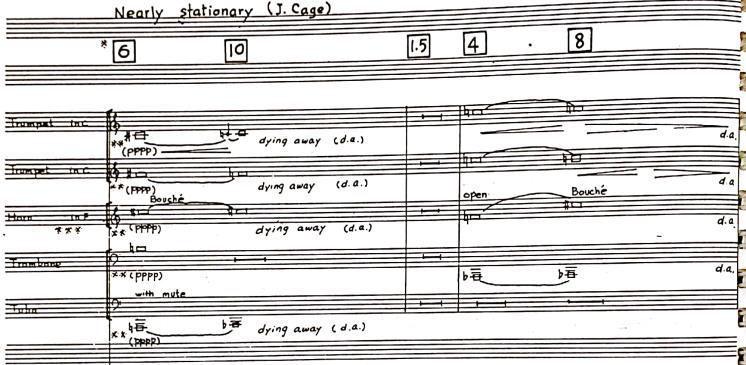EDUARD CAUDELLA – TEACHER AND COMPOSER 180 YEARS SINCE HIS BIRTH PROF.DR. DALIA RUSU-PERSIC, PH.D. NATIONAL UNIVERSITY OF ARTS „GEORGE ENESCU” YASSY ABSTRACT: A musician known for his multilateral work as a violin teacher, composer, conductor, and music critic, Eduard Caudella remained in our consciousness through the gesture of spiritual nobility when meeting a genius child of only 5 years – George Enescu, who takes directed the steps towards the high hierarchy of the Viennese school, supporting him from the shadows in the artistic activities of over the years. Together with Gavriil Musicescu, Pietro and Enrico Mezzetti and others, Caudella imprints a dynamic breath creating a new stage of composition and a new stylistic trend in Romanian music. The lack of enthusiasm and trust of the officials for the musical life of Yassy, fortunately, did not minimize the momentum of the composers, who believed in the destinies of the local music, in its future, as we will try to prove in the current study.
KEYWORDS: 19TH CENTURY, HISTORICAL CONTEXT, YASSY, CAUDELLA HISTORICAL CONTEXT The first half of the 19th century is the epoch in which the Romanian musical culture is established in a Western European spirit. After long and tyrannical domination of Eastern art, the first attempts in this regard are timid, but they reflect the need for artists to assimilate the Western culture and assert national specificity. The process took place in very difficult political conditions, because the Ottoman suzerainty, the Phanariot rulers, the Russian and Austrian occupations left their mark on the secular musical repertoire. The cultural mutation of the mid-nineteenth century can only be explained by considering a few phenomena that coexisted, resisting for a long time in the background. We refer first to the constant influence of Polish Catholicism (Pascu & Boțocan, 1997, p. 16)1 and the insertion of German Protestantism (Schola Latina de la Cotnari, 1563). To the same extent, the neighboring Russian culture became from the beginning of the XVIII century (1711 – the visit of Tsar Peter I to Yassy) the way of penetration of the cult European music. Another role is played by French and Italian emigrants settled in Yassy after 1800 (and as a result of the terror of the French Revolution), among them trained musicians, some becoming music teachers in the great boyar houses. Thus, in 1835, when „at the royal court of Mihai Sturza, everyone spoke French”, according to the mentioned source, the Mihăilean Academy was founded, the first higher education institution. At a general level, the importance of the geographical position of Yassy and its historical evolution in this spectacular assimilation of the European culture is recognized. Being located at the crossroads leading from West to East, Yassy was visited by countless musicians, theater, and opera troupes and its quality of capital during three centuries (1564-1862) favored economic and cultural growth, the formation of a class of enlightened boyars. Thus, in the first half of the 19th century, Yassy had a cultured society that valued music, already developing a concert life. The decisive influence is related to the successive periods of Russian administration 2, the Russo-Turkish war of 1769-1774, bringing the first forms of Western life previously assimilated by the society of St. Petersburg. Under the next Russian occupation (1806-1812), in the high sphere of the Romanian society, the „worldly life” begins to manifest, the royal court and the great nobility adopting 1 „The Polish Catholic influence, through the Jesuit school, was beneficial for us preparing the appearance of the great chroniclers Grigore Ureche, Miron Costin, Ion Neculce, and through the emphasis on teaching, an elite of highly cultured people was formed in Yassy” 2 European Russian culture spread in Iasi society and due to several periods of Russian military rule: September 1769-January 1775; October 1788-March 1792; November 1806-May 1812; April 1828-April 1834, see https://ro.wikipedia.org/wiki/Lista_domnilor_Moldovei#Secolul_al_XVIII-lea
131








